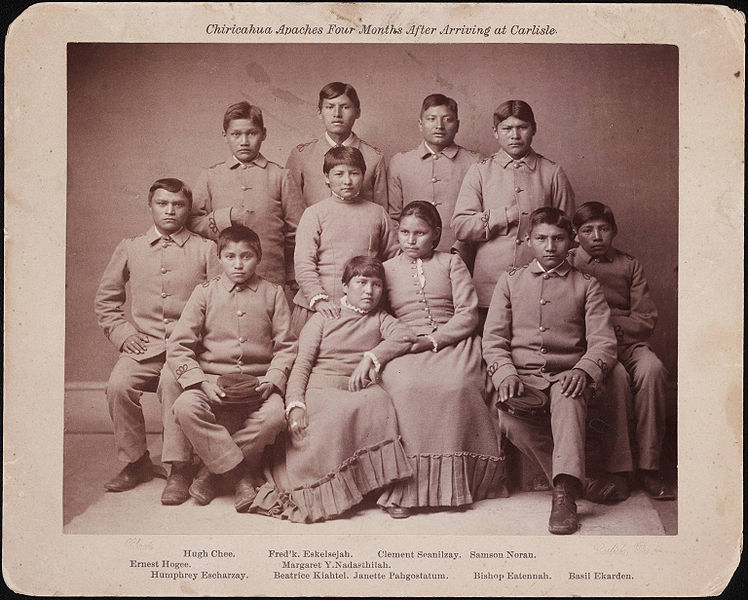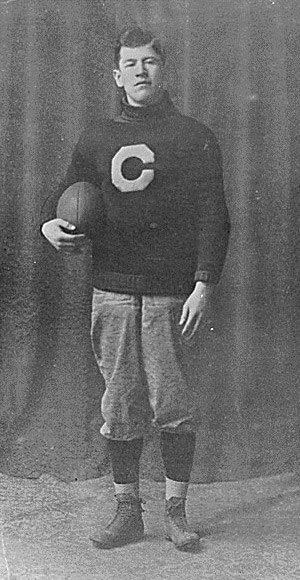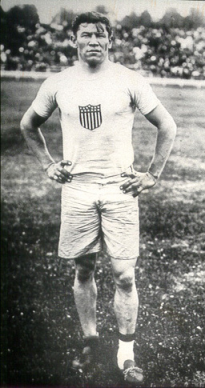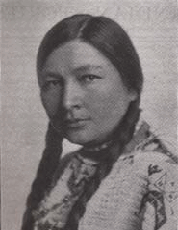|
|
Online Texts for Craig White's Literature Courses
|
|
|
selections from
by Zitkala-Sa (Gertrude Bonnin) INDEX
|
|
Memoirs and stories collected in American Indian Stories (1921) were first published in Atlantic Monthly and Harper’s Monthly between 1900 and 1902.
Biographical Information:
-
22 February 1876, born Gertrude Simmons to Eileen Simmons on the Yankton Sioux Reservation in South Dakota
-
At age 8, attended White's Manual Labor Institute, Quaker mission school in Wabash, Indiana, which accepted Indian children from 1882-1895.
-
(Scroll down for more information re Native American boarding schools.)
-
-
Studied at Earlham College, Indiana, and New England Conservatory of Music, Boston. (Earlham also a Quaker school.)
-
Taught at Carlisle Indian Industrial School
-
Moved to Boston to begin writing and publishing career
-
Published autobiographical writings in prestigious Atlantic Monthly in 1900; republished as American Indian Stories in 1921
-
Other articles and stories appeared in Harper's Monthly
-
Wrote libretto for the Sun Dance Opera, first performed 1913
-
1926: founded National Council of American Indians in Washington, DC; served as president until death in 1938
![]()
IMPRESSIONS OF AN INDIAN CHILDHOOD
THE SCHOOL DAYS OF AN INDIAN GIRL
AN INDIAN TEACHER AMONG INDIANS
THE WIDESPREAD ENIGMA CONCERNING BLUE-STAR WOMAN
![]()
Native American boarding schools
 |
 |
Photos of students at Carlisle Indian Industrial School
(left: pupils at Carlisle School, c. 1900; right: "Chiricahua Apaches Four Months After Arriving at Carlisle" [undated]).
Zitkala-Sa's description of White's Manual Labor Institute shows her sharing the experience of Native American boarding schools, many of which were founded in the late 19th and early 20th centuries in the United States and Canada. These schools worked to separate students from traditional influences and to inculcate European-American cultural standards.
Later investigations found that the staffs in a number of these schools psychologically, physically, and sexually abused the students. Most of these schools began closing after the 1970s, as the movement for Indian rights and self-determination led to development of more public community colleges and tribally-controlled colleges at or near reservations.
If tragedy shows humanity at its best and worst, with meaning rising from the struggle between right and wrong in each and all of us, the story of the Indian boarding schools epitomizes the tragedy of Native and European America. Many of the schools were founded by religious missionaries and white philanthropists distressed over the misery of American Indians and committed to improving their future, which they could imagine only in terms of assimilation. "Kill the Indian and save the man," said the founder of Carlisle Indian Industrial School.
As a further irony, much early American Indian literature would not have been written if not for the education provided by missionaries and Indian schools. In the words of Yeats, "A terrible beauty is born."
Across the United States the most famous of the Native American Boarding Schools was the Carlisle Indian Industrial School (1879-1918), whose football team won the national college championship in 1912 led by the coaching of Pop Warner and the athleticism of the Sac and Fox (Sauc) Indian Jim Thorpe (1888-1953), an All-American player who won Gold Medals for the Pentathlon and Decathlon in the 1912 Olympics.
 Jim Thorpe in Carlisle Football Uniform |
 Jim Thorpe at 1912 Olympics (Sweden) |


